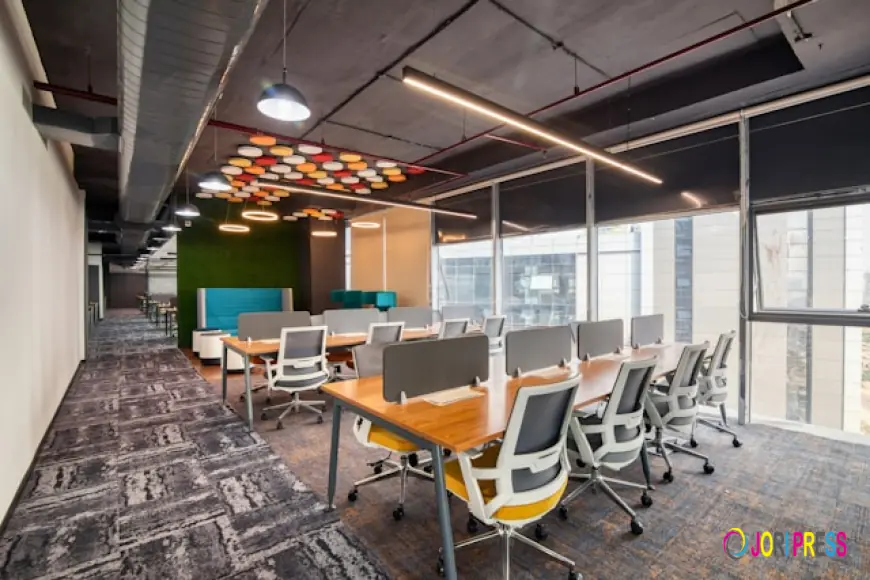Why Transparent Pricing Matters in Commercial Interior Design

Designing a commercial space is an exciting journey for any business, but it often comes with one of the biggest challenges—budget management. Many companies hesitate to start their design projects because they fear hidden charges, escalating costs, or vague contracts. This is where transparent pricing becomes essential, especially when working with experienced commercial interior designers in Bangalore.
In this article, we’ll explore why clear pricing structures are vital in commercial interior design and how they benefit businesses in the long run.
1. Building Trust from the Start
An office or retail renovation is a significant investment, and businesses need confidence that their money is being used wisely. Transparent pricing eliminates the guesswork by providing detailed cost breakdowns upfront.
When clients know exactly what they are paying for—materials, labor, design fees, and project management—it fosters trust and builds a healthy working relationship between them and the design firm.
2. Avoiding Unexpected Costs
One of the most common complaints in commercial design projects is unexpected expenses. These can arise due to unclear contracts, unapproved material substitutions, or miscommunication between multiple vendors.
By working with commercial interior designers in Bangalore who provide transparent pricing, businesses can avoid such surprises. Every element is accounted for in advance, allowing clients to plan their finances with complete clarity.
3. Making Smarter Design Choices
When costs are presented clearly, businesses can make informed design decisions. For instance, they can weigh the benefits of investing in premium materials versus cost-effective alternatives. Transparent pricing helps companies strike the right balance between aesthetics, functionality, and budget.
It also allows decision-makers to prioritize areas that matter most—be it ergonomic furniture for employee comfort, sustainable materials for eco-conscious branding, or technology integration for smarter workplaces.
4. Ensuring Accountability and Efficiency
A detailed pricing model holds both the client and the design firm accountable. Designers must deliver what has been agreed upon without hidden markups, while clients are clear about their financial commitments.
This accountability streamlines the project, reducing delays and unnecessary revisions. Ultimately, transparent pricing ensures projects stay on track—both financially and in terms of timelines.
5. Long-Term Value for Businesses
Clear pricing is not just about managing immediate costs—it’s about long-term value. Businesses that invest in well-planned, transparently priced projects often save money in the future by avoiding redesigns, repairs, or replacements.
Transparency also builds lasting trust with the design partner, making future collaborations smoother and more efficient.
How Hidecor Sets the Standard
Among Bangalore’s design firms, Hidecor has earned a reputation for making transparency a cornerstone of its process. From the very first consultation, clients receive clear cost structures without hidden fees. Whether it’s office interiors, healthcare facilities, or retail environments, Hidecor combines creativity with accountability.
By ensuring budgets are respected and timelines are guaranteed, Hidecor proves that premium design doesn’t have to come with financial uncertainty. Businesses can confidently invest, knowing the outcomes will align with both their vision and their budget.
Conclusion
In commercial interior design, transparency is more than a financial detail—it’s a foundation for trust, efficiency, and long-term value. Companies that choose design partners with clear, upfront pricing avoid stress, manage budgets better, and achieve results that truly match their expectations.
For businesses ready to transform their spaces, partnering with expert commercial interior designers in Bangalore who prioritize transparent pricing ensures a smoother journey and a more rewarding outcome.
What's Your Reaction?
 Like
0
Like
0
 Dislike
0
Dislike
0
 Love
0
Love
0
 Funny
0
Funny
0
 Angry
0
Angry
0
 Sad
0
Sad
0
 Wow
0
Wow
0



















































